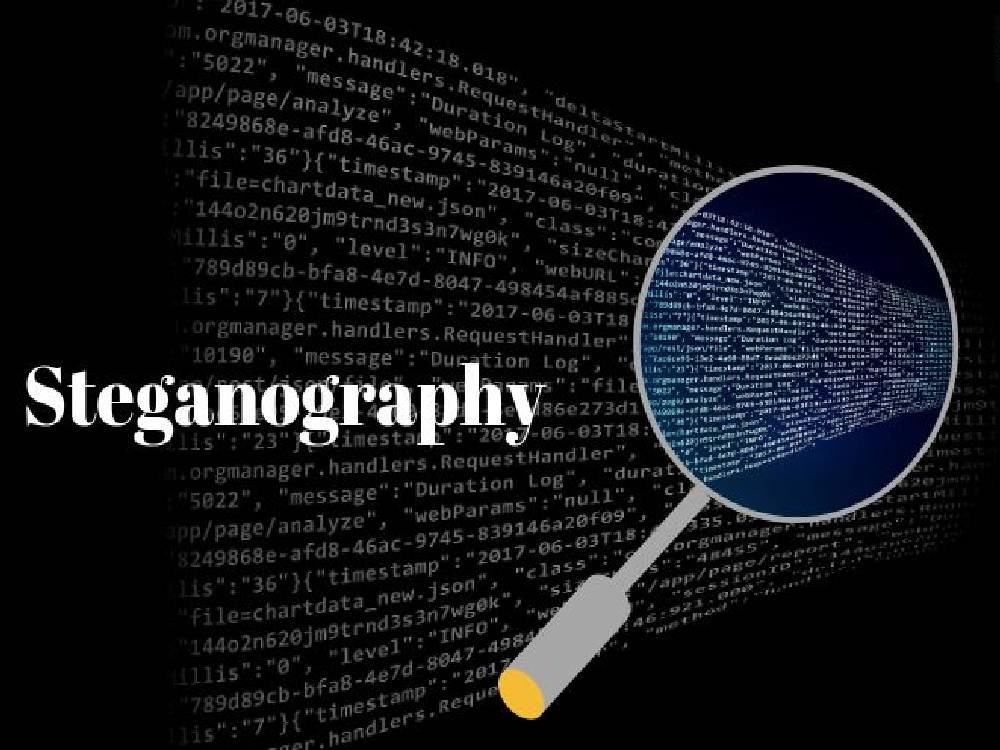Let’ dive into a very interesting topic; what is steganography, Steganography is a fascinating technique that has been used for centuries to hide secret messages within seemingly innocuous files or communications. In this blog post, we’ll delve into the world of steganography, exploring what it is, how it works, its history, and its modern-day applications.
What is steganography?
Steganography is the art and science of concealing secret information within an ordinary, non-secret file or message in such a way that no one apart from the intended recipient even realizes that the hidden information exists. Unlike cryptography, which focuses on encrypting messages to make them unreadable to unauthorized parties, steganography aims to hide the very existence of the message.
How does steganography work?
Steganography techniques vary widely, but they all involve embedding secret data within a carrier medium, such as an image, audio file, video, or even text. The carrier medium remains unchanged to casual observation, preserving its original appearance and functionality.
One of the simplest steganography methods involves manipulating the least significant bits (LSBs) of digital files. Since the LSBs contribute the least to the overall appearance of an image or sound, they can be subtly altered to encode hidden information without significantly altering the file’s perceptible characteristics.
For example, in an image file, the color of each pixel is represented by a combination of red, green, and blue (RGB) values. By slightly modifying these values, the hidden message can be encoded within the image. Similarly, in audio files, imperceptible changes can be made to the intensity or frequency of the sound wave to embed secret data.
History of steganography
Steganography has a long and storied history, dating back thousands of years. Ancient civilizations, including the Greeks, Romans, and Egyptians, employed various steganographic techniques to conceal sensitive information from adversaries.
One famous historical example of steganography is the use of invisible ink during the American Revolutionary War. Spies would write messages using special ink that only became visible when exposed to heat or chemicals, allowing them to communicate covertly without detection.
During World War II, both Allied and Axis powers used steganography to conceal messages within seemingly innocent radio broadcasts, newspaper classified ads, and even personal letters. These hidden messages played a crucial role in espionage and intelligence operations during the war.
Modern applications of steganography
In today’s digital age, steganography continues to be used for a variety of purposes, ranging from covert communication and espionage to digital watermarking and copyright protection.
One common application of steganography is digital watermarking, where imperceptible information is embedded within digital images, audio, or video files to identify their origin or ownership. This technique is often used by photographers, artists, and content creators to protect their intellectual property rights and deter unauthorized use or distribution of their work.
Another modern application of steganography is in the field of cybersecurity. Cybercriminals may use steganography to conceal malware or malicious code within seemingly harmless files or communications, making it difficult for antivirus software and security tools to detect and remove the threat. This technique, known as steganographic malware, poses a significant risk to computer systems and networks, as it allows attackers to evade detection and infiltrate target systems undetected.
Challenges and limitations
While steganography offers a powerful means of concealing information, it also poses several challenges and limitations. One of the primary challenges is the need to balance secrecy with reliability and robustness. Embedding hidden messages within carrier files without degrading their quality or raising suspicion requires careful attention to detail and sophisticated algorithms.
Additionally, steganography techniques are not foolproof and can be vulnerable to detection and decryption by skilled adversaries or advanced forensic tools. As such, steganography should be viewed as just one component of a broader security strategy, rather than a standalone solution for protecting sensitive information.
Conclusion
In conclusion, steganography is a fascinating and versatile technique for concealing secret information within ordinary files or communications. From its ancient origins to its modern-day applications in digital watermarking and cybersecurity, steganography has played a significant role in human communication and intelligence gathering.
While steganography offers unique advantages for covert communication and data protection, it also presents challenges and limitations that must be carefully considered. By understanding the principles of steganography and its potential applications, individuals and organizations can better protect their sensitive information and mitigate the risks posed by malicious actors.

